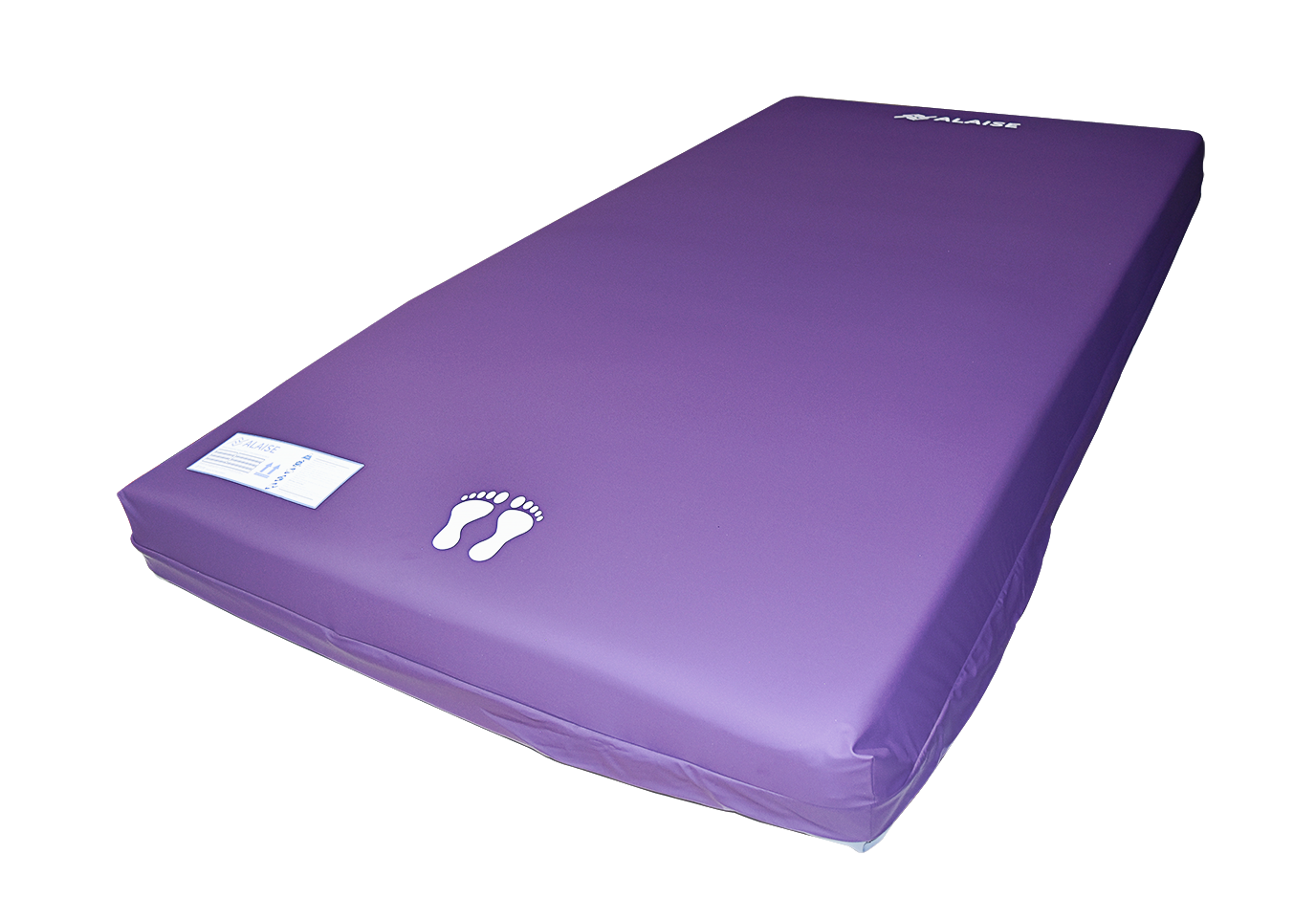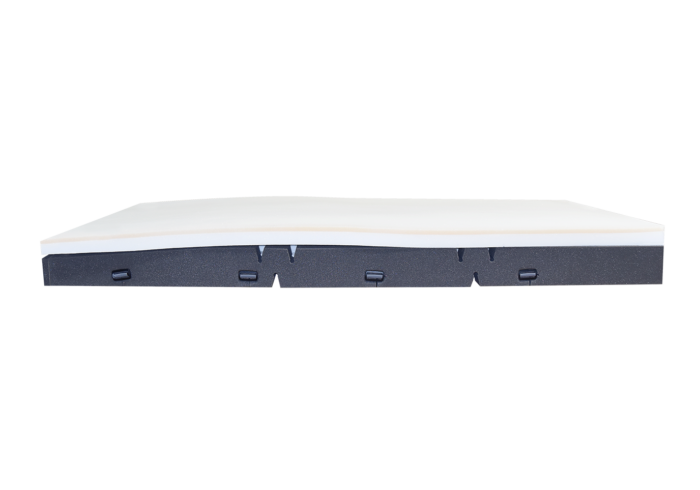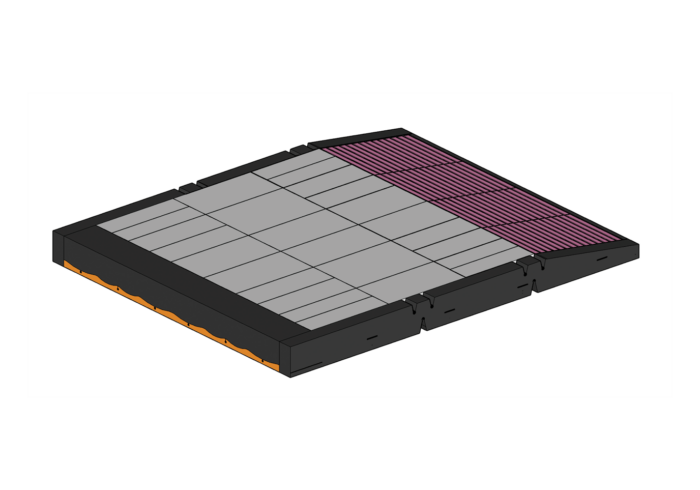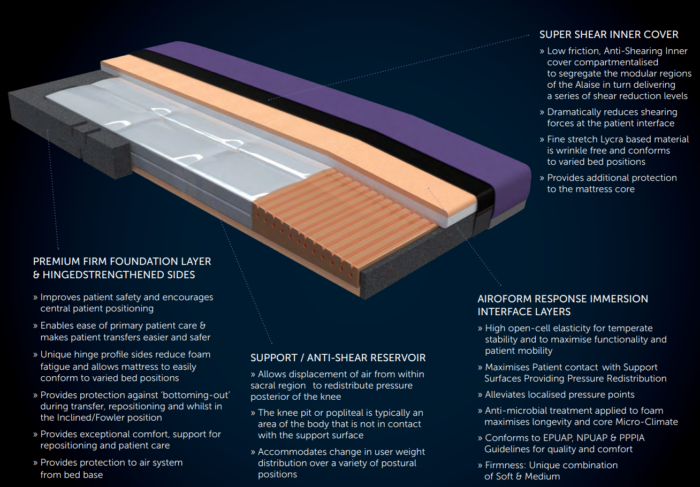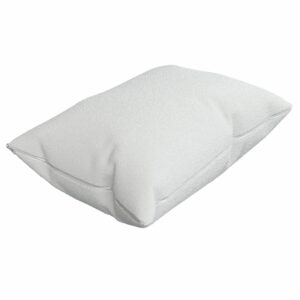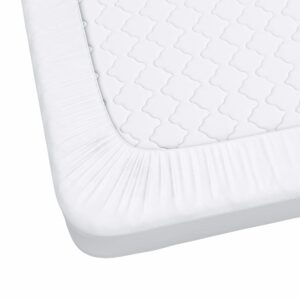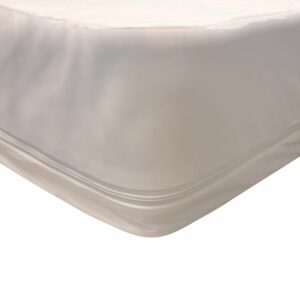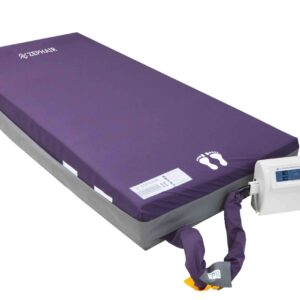Description
The Forte Alaise is a non-powered hybrid mattress, suitable for clients who need more immersion and envelopment due to a higher risk of pressure injuries. The Alaise integrates self-regulating air cells with specially engineered foam to deliver consistent pressure redistribution, comfort and temperature control. Its design ensures optimal immersion and envelopment, utilising over 13 anatomically zoned air cells to offer exceptional comfort, support and pressure relief.
Fitted with a ‘Premiflex Ultra’ cover which is a four-way stretch, anti-shear and fully breathable material for enhanced pressure relieving benefits. The cover is waterproof, vapour permeable and has specially designed seams for ultra-high performance and infection control benefits.
The Alaise has microclimate management benefits via the open cell, highly breathable airoform immersion interface. The heel pressure reduction zone is another added design feature with a gentle slope and heel-specific cells to enhance immersion and support.
Who it’s for
- For clients at medium to high risk of pressure injuries seeking non-powered, maintenance-free pressure care.
- For therapists requiring greater immersion and anatomical support for their client than standard static mattresses.
Key features
- Engineered foam technology – cooling gel memory foam boosts comfort, support and temperature control
- Full length air cells – ensures pressure redistribution in any posture with a modular cell system that adapts to width adjustments
- Sacral protection system – protects pelvic region from ‘bottoming out’ during prolonged seating
- High support perimeter – engineered foam and adaptive cell ensures safer transfers
- Anti-shear system – multi-compartment design limits internal movement, reduces shear and protects sensitive skin
- Horizontally zoned cell technology – safer transfers with stable airflow and anatomically calibrated scapular, lumbar and thigh zones for optimal pressure redistribution
- Heel pressure reduction zone – gentle slope redistributes pressure, with heel-specific cells to enhance immersion and support

